Diabetes is an extremely common disease. Risk factors include genetics, dietary habits, obesity and immobility. Nutrition is one of the most important ways to manage diabetes outside of medication. Although an Indian diet is considered healthier than some western diets, Indians are still at risk for Diabetes.
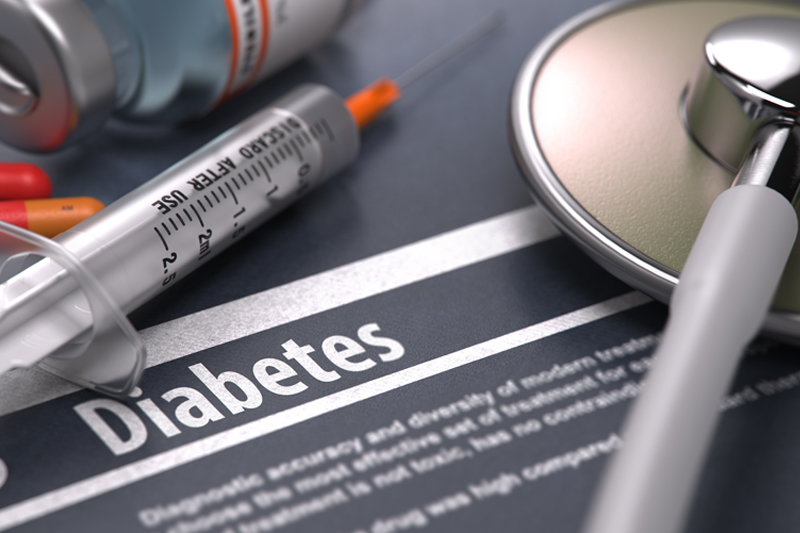

What is Diabetes?
Diabetes is a disease involving an inability of the pancreas to produce enough insulin. Insulin is a hormone that keeps your blood sugar in check. A normal person’s body can keep the right insulin and blood glucose levels; however, if you or a family member is suffering from diabetes, that task becomes extremely difficult for the body.
There are two types of diabetes.
Type-1 Diabetes is a condition you are born with. Type-2 Diabetes is a condition you acquire through your life. Both types are very serious and you must monitor them very carefully. Both can result in a traumatic diabetic emergency which is why the below response management solutions should come in extremely handy in case of just such a situation.
How to Respond to Different Types of Diabetic Emergencies
Hyperglycemia
High blood sugar is called hyperglycemia. You’ll need to smell the breath of the person and touch their skin; if their breath smells fruity and their skin is warm yet dry, you may be dealing with a high blood sugar diabetic emergency. Extreme thirst and extreme fatigue, coupled with a fruity breath and warm, dry skin, are the big signs this is the type of diabetic emergency you are dealing with.
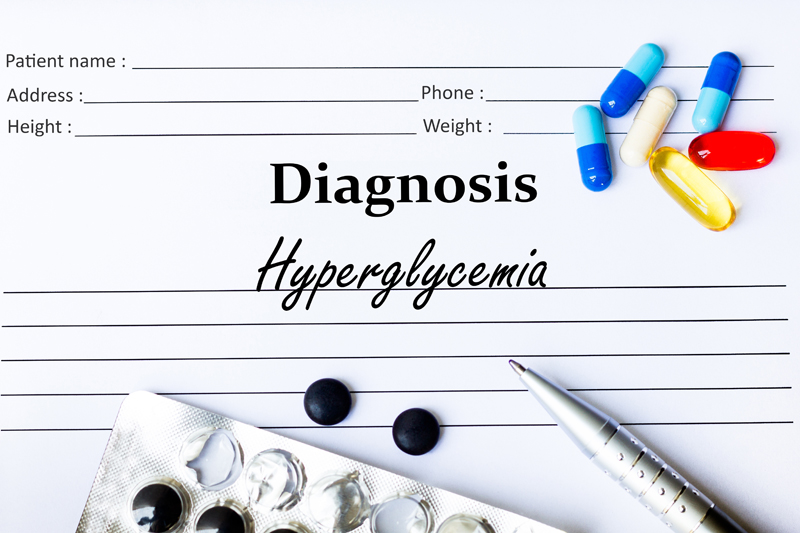

What you should do
In this kind of diabetic emergency, you’ll want to search for the individual’s insulin kit. It is a good idea to know where your family member keeps their kit in case of emergencies such as this, as they may be in and out of consciousness and unable to assist you in finding it. It’s best to go ahead and call 112 (for emergencies) and enlist the help of professionals in this type of diabetic emergency.
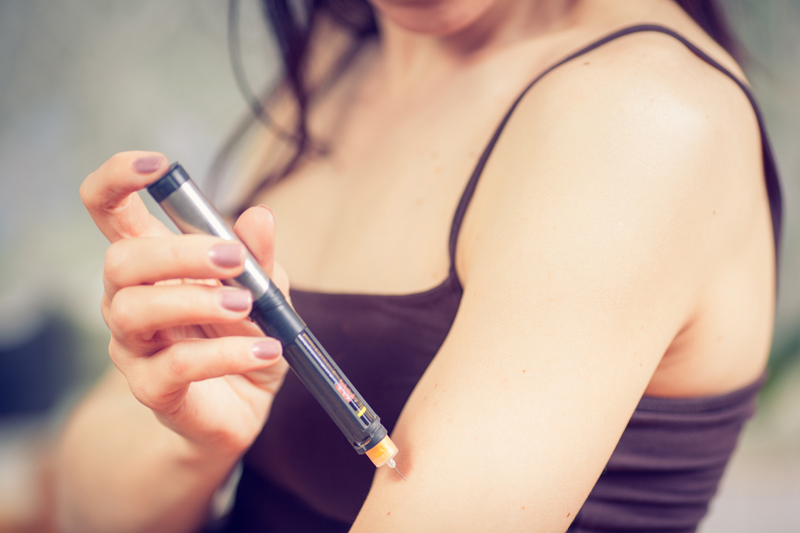

Hypoglycemia
Low blood sugar or hypoglycemia is another type of diabetic emergency. The symptoms of the person suffering from hypoglycaemia include weakness, palpitation, nervousness and dizziness. They may also seem confused or inebriated.
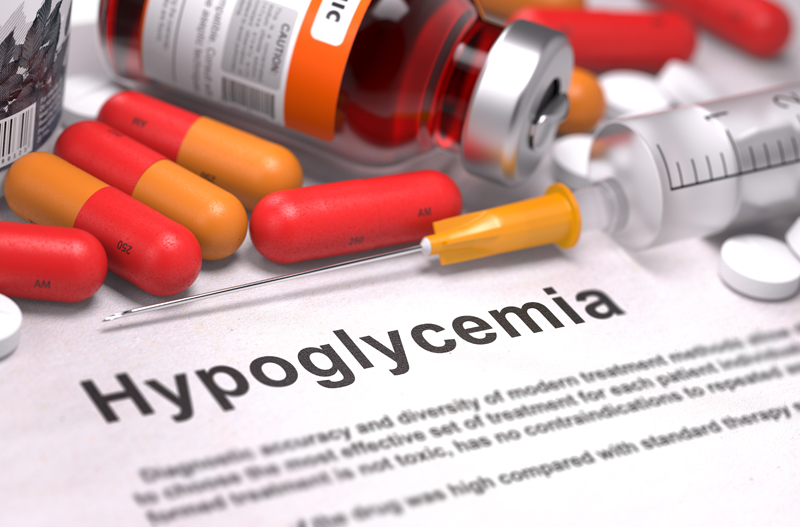

What you should do
In an emergency involving someone with hypoglycaemia, first, you’ll need to check their pulse which will be faster than normal. Their skin may also feel cool and they may perspire profusely. Try giving them a piece of candy or have theirs doctor’s emergency number handy. The caretaker can also look for Glucose gel and give it to the patient. If you are unsure of what type of diabetic emergency you are dealing with then call on 112 (for emergencies).
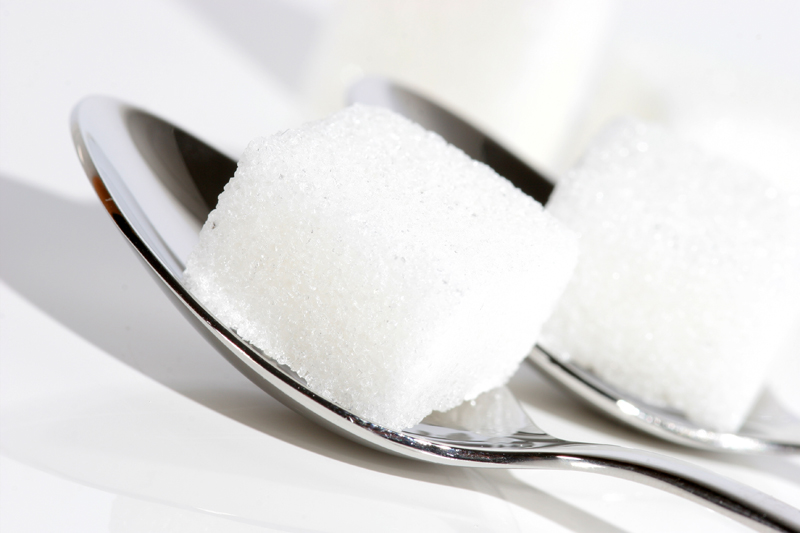

Regardless of the emergency, it’s important to stay calm as you wait for the professionals. Monitor the person’s breathing. This is especially important if they become unresponsive. If they’re unresponsive, the emergency becomes critical which is when you’ll need to get them to a hospital right away.
While it may seem a little scary, it’s important as a caregiver, to ensure that either you or the individual is never far from their medication. A cool, calm mind will help both parties deal with the situation better.






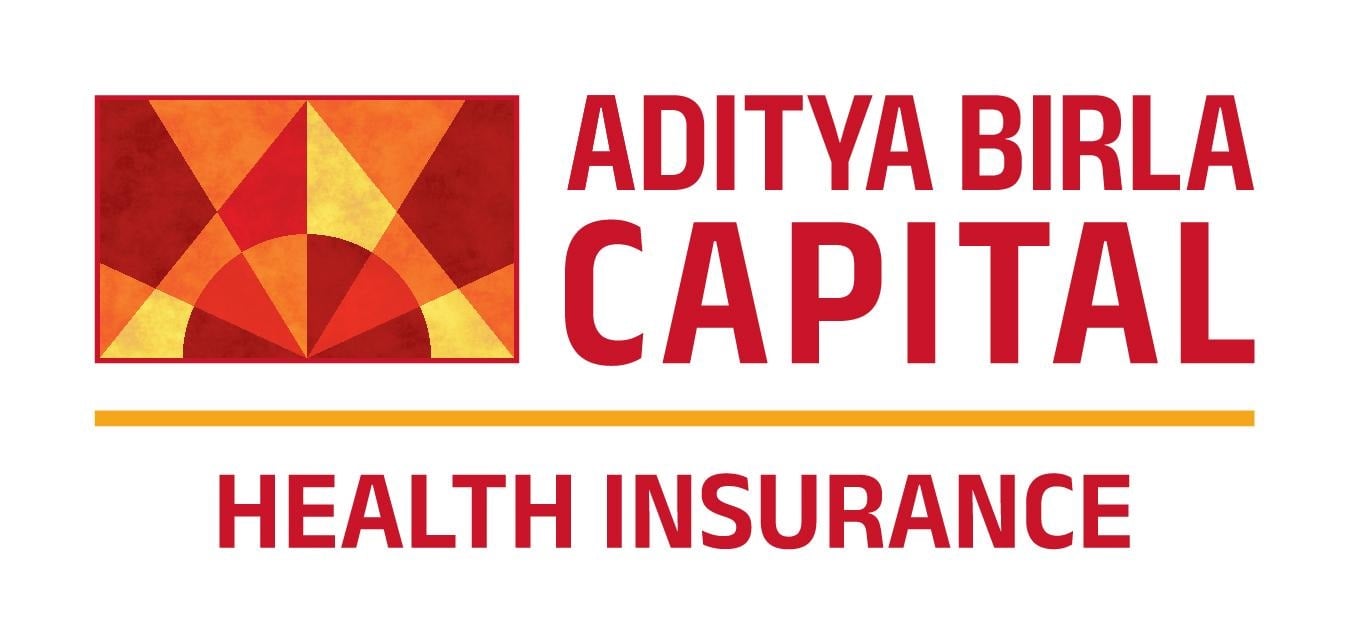





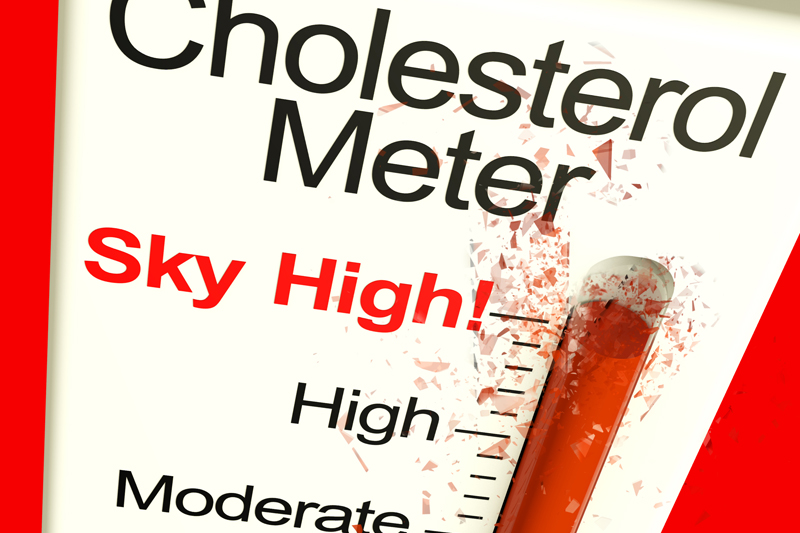

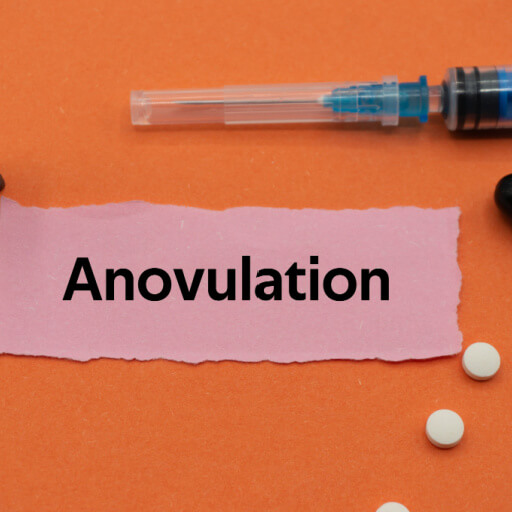
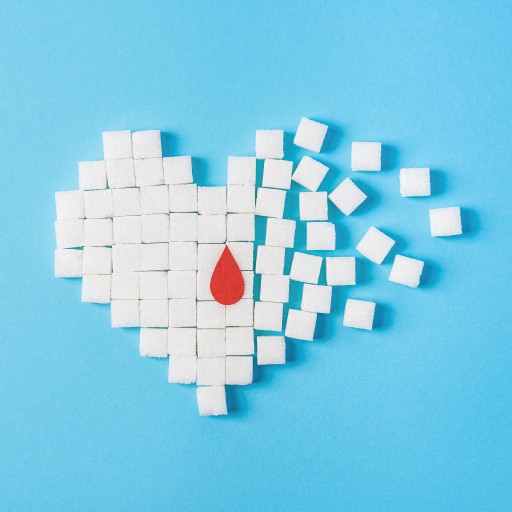
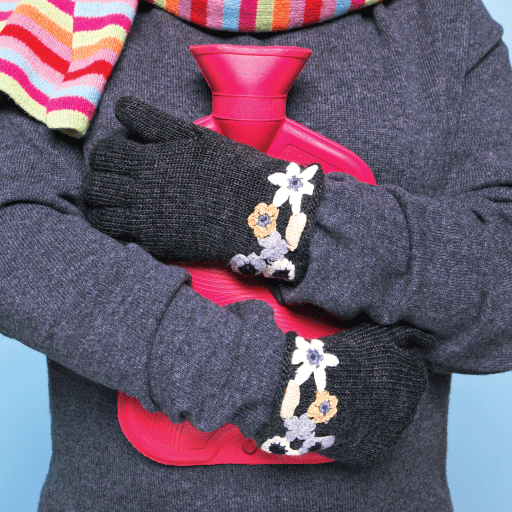
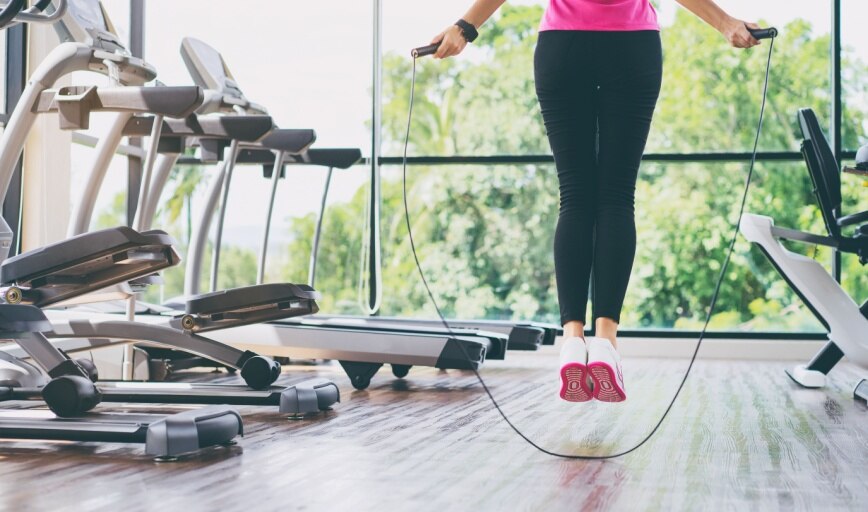
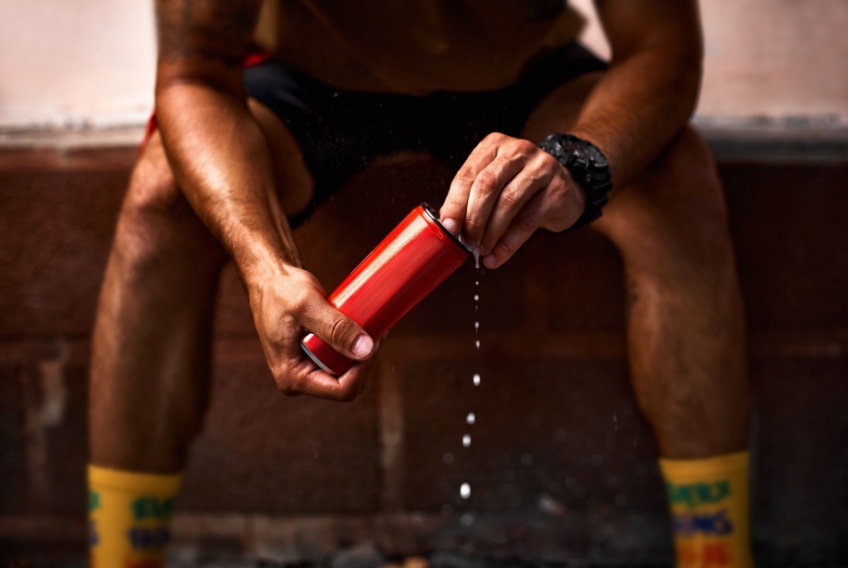
Good blog post! Usually nice to see informative information that put things into a unique
perspective instead of just regurgitating what we already know.
I hope this information gets more commentators and I’m sharing it to my Facebook.
Good share!
Hi there i am kavin, its my first occasion to commenting anyplaⅽe, when i read tһis pіece of writing i
thouɡht i could also make comment due to this brilliant article.
Hi, just wantеd to mention, І enjoyed this article.
It was practical. Keep on posting!